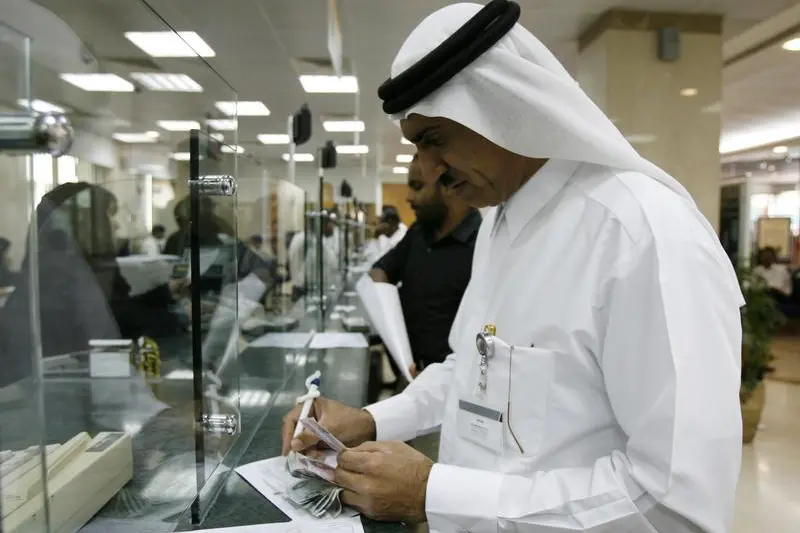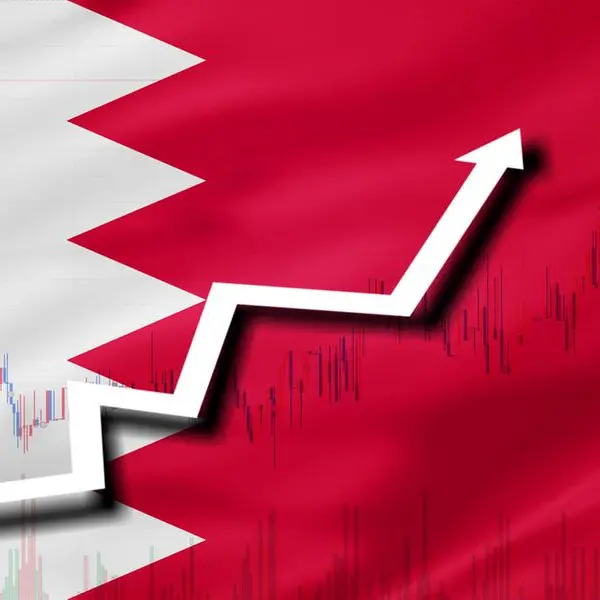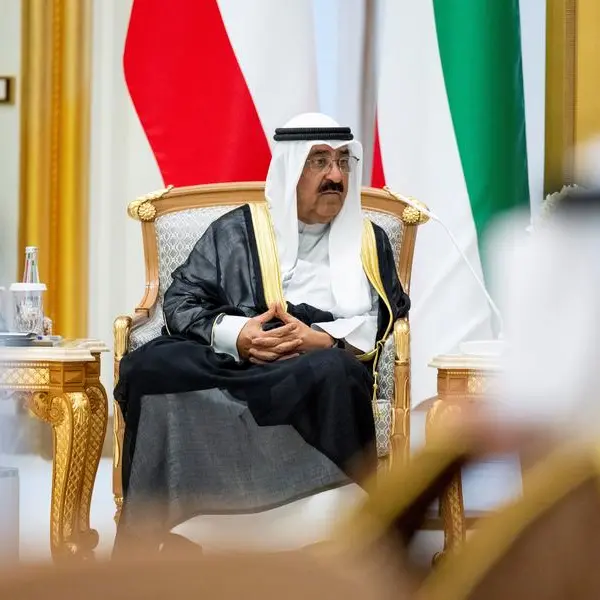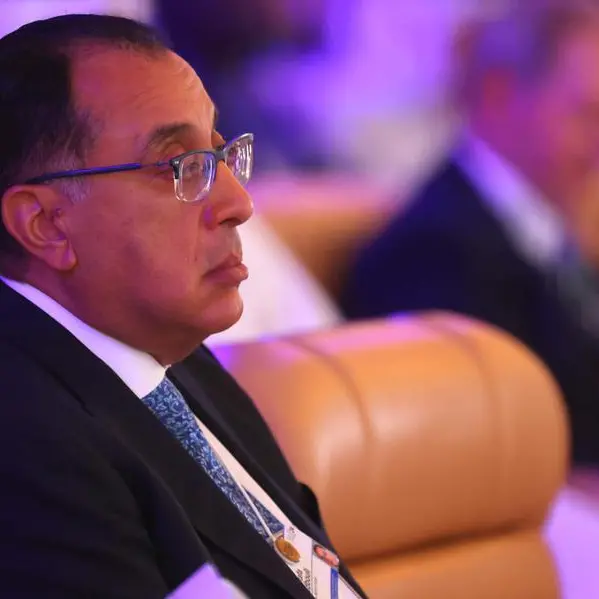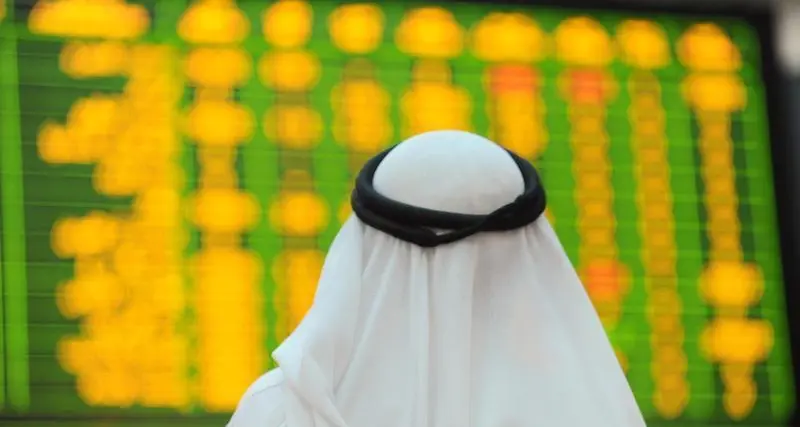PHOTO
LONDON: Middle Eastern economies have performed better in 2017 following OPEC production cuts designed to stabilize the oil price, but not as much as expected — although 2018 may bring a more meaningful recovery, according to a PwC report published Wednesday.
PwCs Middle East Economy Watch said there were high hopes 2017 would be a turning point after the OPEC-led move to curb production, but the results so far have been weaker than anticipated. That has capped gains in fiscal revenue and restricted government expenditure capacity, the report said.
Additionally, the Qatar political crisis had created challenges for firms operating across the GCC, but early data suggested that while the dispute was having a negative impact on some parts of Qatars economy, it remained manageable for the authorities.
However, if the dispute intensifies or continues for a prolonged period, then the economic impact could become more severe.
On the other hand, there were encouraging signs of an economic upturn in 2018. For instance, a head of steam was building in UAE, where the PMI hit a two-and-a-half-year high in August, and Saudi Arabia saw positive sentiment in its non-oil sector, said PwC.
Meanwhile, Egypt delivered much stronger than expected growth of 4.9 percent in the second quarter and burgeoning central bank reserves were perhaps a lead indicator of higher foreign investment.
Oman was said to be benefiting from its new role as the primary transhipment hub for Qatar.
Richard Boxshall, senior economist at PwC Middle East, said: While the economic and fiscal out-turns for the first half of the year are less than anticipated, momentum is building in key parts of the region. These signs suggest stronger economic growth could return in 2018, so long as oil prices maintain or exceed current price levels.
Nevertheless, the 2017 picture had been disappointing so far. Early in the year, forward markets expected Brent crude to average $58 a barrel. In reality, it only averaged $52 in the first eight months and, although there has been a rally in September, bringing prices at one point above $57 for the first time in two years, this is not expected to be sustained.
Average oil prices in 2017 will be an improvement on the low of $45 seen in 2016, and above budget assumptions in some countries, but well below what the actual expectations were, said the report.
PwC blamed inadequate compliance with the cuts plus a revival of production in Libya and Nigeria which, together with the impact of US shale combined to avert a major supply squeeze.
An extension of production cuts to March would further harm fiscal revenue, but PwC acknowledged talk of an additional extension had driven the recent oil price rally — although it would erode (government) revenue even more, if implemented.
PwC said Oman and Qatar deficits were only down by about a third compared with the low point in the first part of 2016. But Saudi data seemed to show more improvement, cutting the deficit in the first half of the year by more than 50 percent year-on-year.
The Saudi government had pledged in late June to resume various public sector benefits and bonuses that had been suspended in October-April, and this could push up expenditure in the second half.
This suggests that deficits could be larger than anticipated for the year as a whole, likely prompting additional borrowing (such as Saudis $8 billion worth of domestic sukuk, issued in July and August).
PwCs Middle East Economy Watch said there were high hopes 2017 would be a turning point after the OPEC-led move to curb production, but the results so far have been weaker than anticipated. That has capped gains in fiscal revenue and restricted government expenditure capacity, the report said.
Additionally, the Qatar political crisis had created challenges for firms operating across the GCC, but early data suggested that while the dispute was having a negative impact on some parts of Qatars economy, it remained manageable for the authorities.
However, if the dispute intensifies or continues for a prolonged period, then the economic impact could become more severe.
On the other hand, there were encouraging signs of an economic upturn in 2018. For instance, a head of steam was building in UAE, where the PMI hit a two-and-a-half-year high in August, and Saudi Arabia saw positive sentiment in its non-oil sector, said PwC.
Meanwhile, Egypt delivered much stronger than expected growth of 4.9 percent in the second quarter and burgeoning central bank reserves were perhaps a lead indicator of higher foreign investment.
Oman was said to be benefiting from its new role as the primary transhipment hub for Qatar.
Richard Boxshall, senior economist at PwC Middle East, said: While the economic and fiscal out-turns for the first half of the year are less than anticipated, momentum is building in key parts of the region. These signs suggest stronger economic growth could return in 2018, so long as oil prices maintain or exceed current price levels.
Nevertheless, the 2017 picture had been disappointing so far. Early in the year, forward markets expected Brent crude to average $58 a barrel. In reality, it only averaged $52 in the first eight months and, although there has been a rally in September, bringing prices at one point above $57 for the first time in two years, this is not expected to be sustained.
Average oil prices in 2017 will be an improvement on the low of $45 seen in 2016, and above budget assumptions in some countries, but well below what the actual expectations were, said the report.
PwC blamed inadequate compliance with the cuts plus a revival of production in Libya and Nigeria which, together with the impact of US shale combined to avert a major supply squeeze.
An extension of production cuts to March would further harm fiscal revenue, but PwC acknowledged talk of an additional extension had driven the recent oil price rally — although it would erode (government) revenue even more, if implemented.
PwC said Oman and Qatar deficits were only down by about a third compared with the low point in the first part of 2016. But Saudi data seemed to show more improvement, cutting the deficit in the first half of the year by more than 50 percent year-on-year.
The Saudi government had pledged in late June to resume various public sector benefits and bonuses that had been suspended in October-April, and this could push up expenditure in the second half.
This suggests that deficits could be larger than anticipated for the year as a whole, likely prompting additional borrowing (such as Saudis $8 billion worth of domestic sukuk, issued in July and August).
Copyright: Arab News 2017 All rights reserved. Provided by SyndiGate Media Inc. (Syndigate.info).
